The Diminished scale is a traditional scale used in a wide variety of music. This traditional scale is covered in all keys with one octave scale fingerings starting on any finger. Tunings: C with low or high G - (GCEA or gCEA).
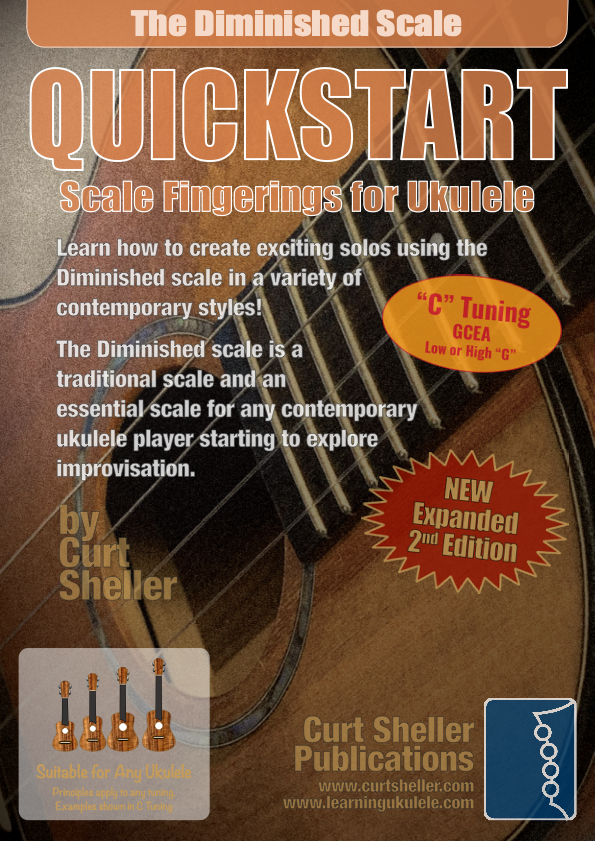
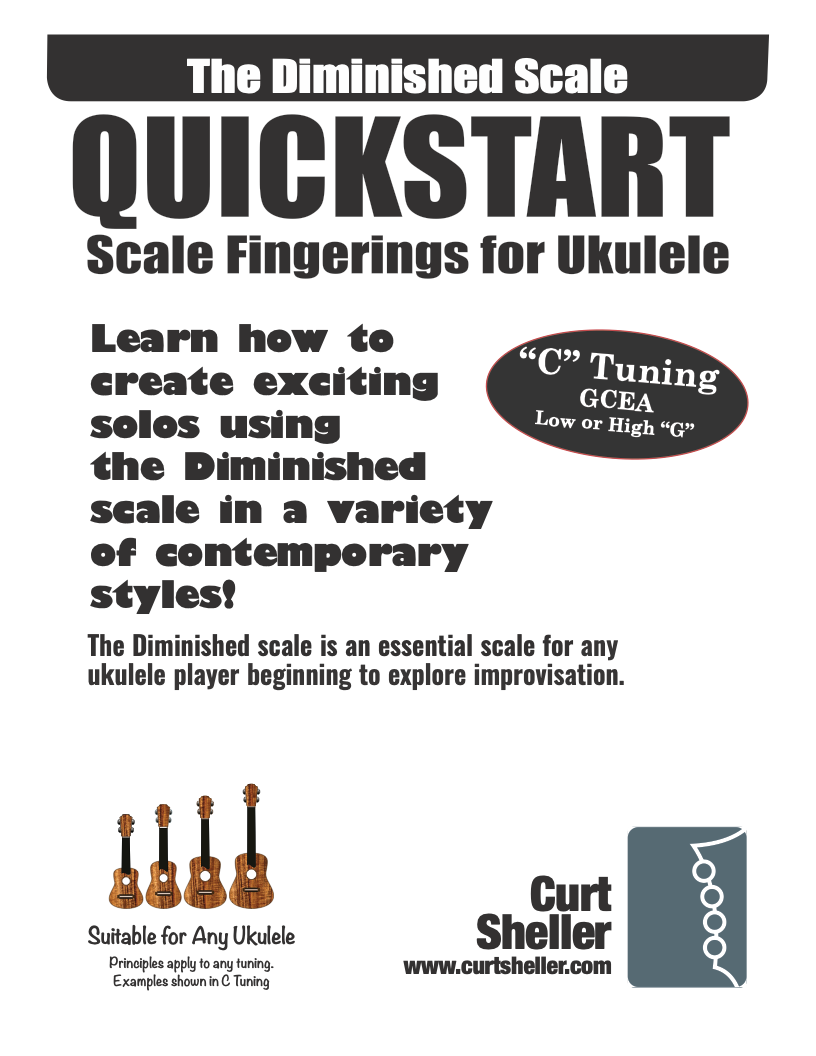

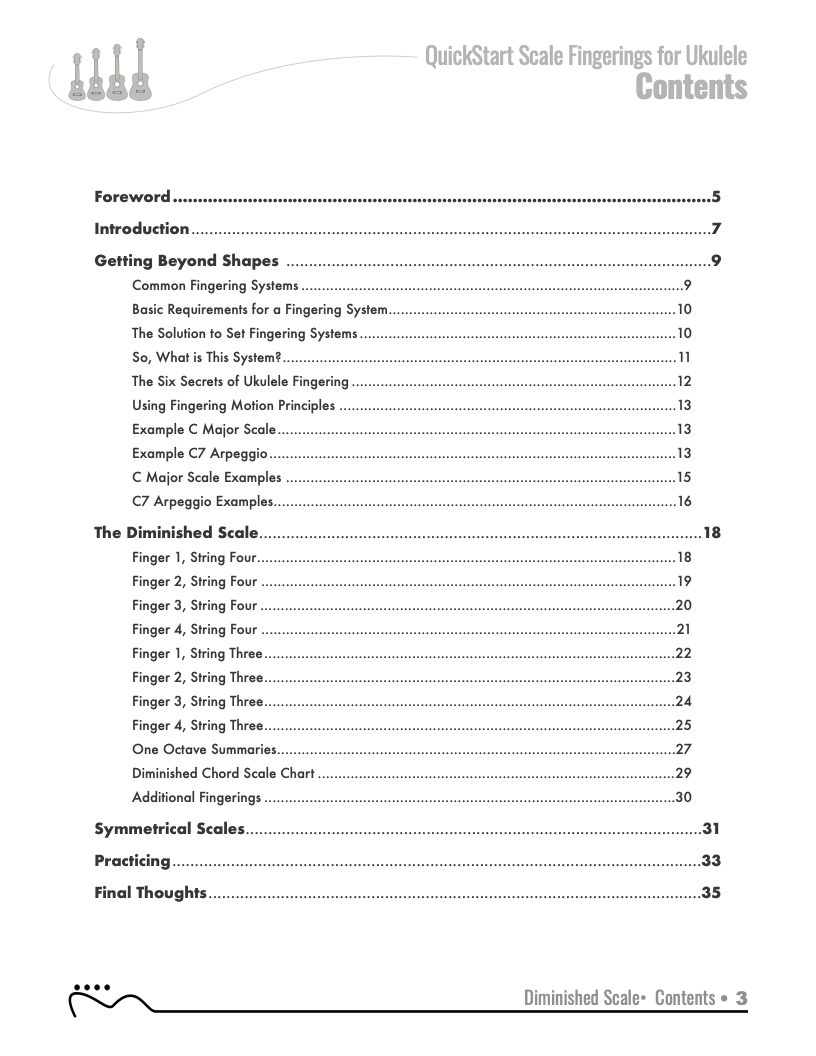
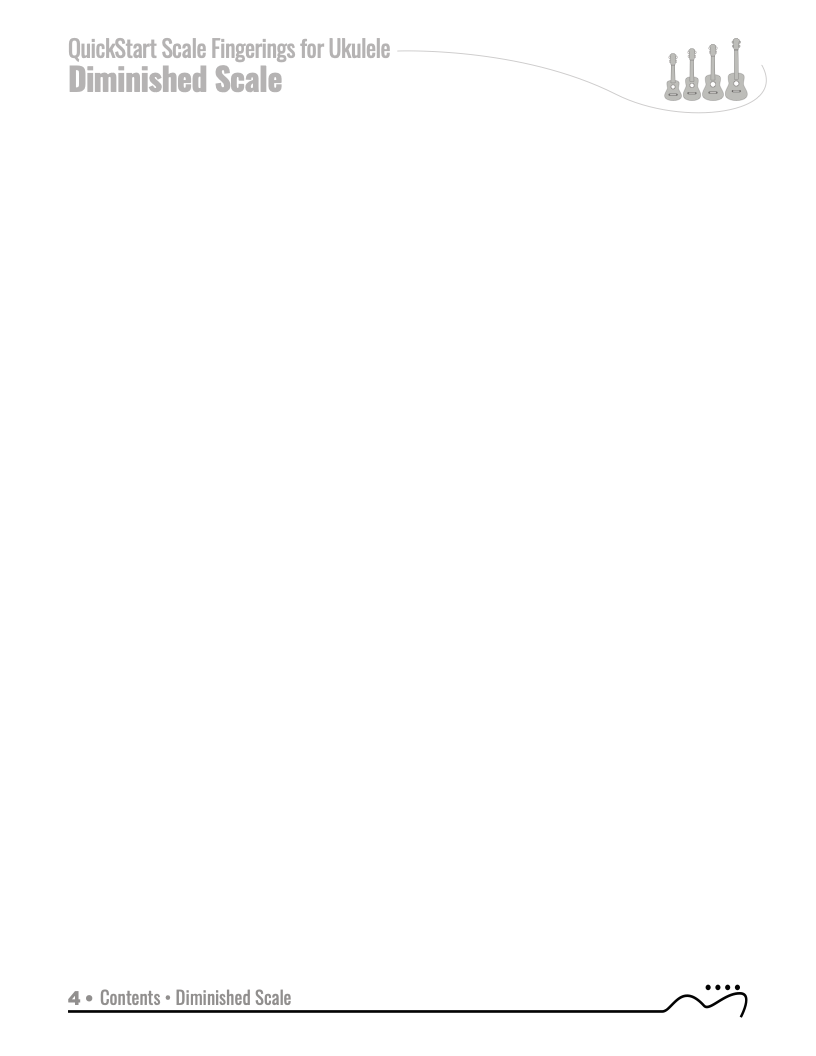
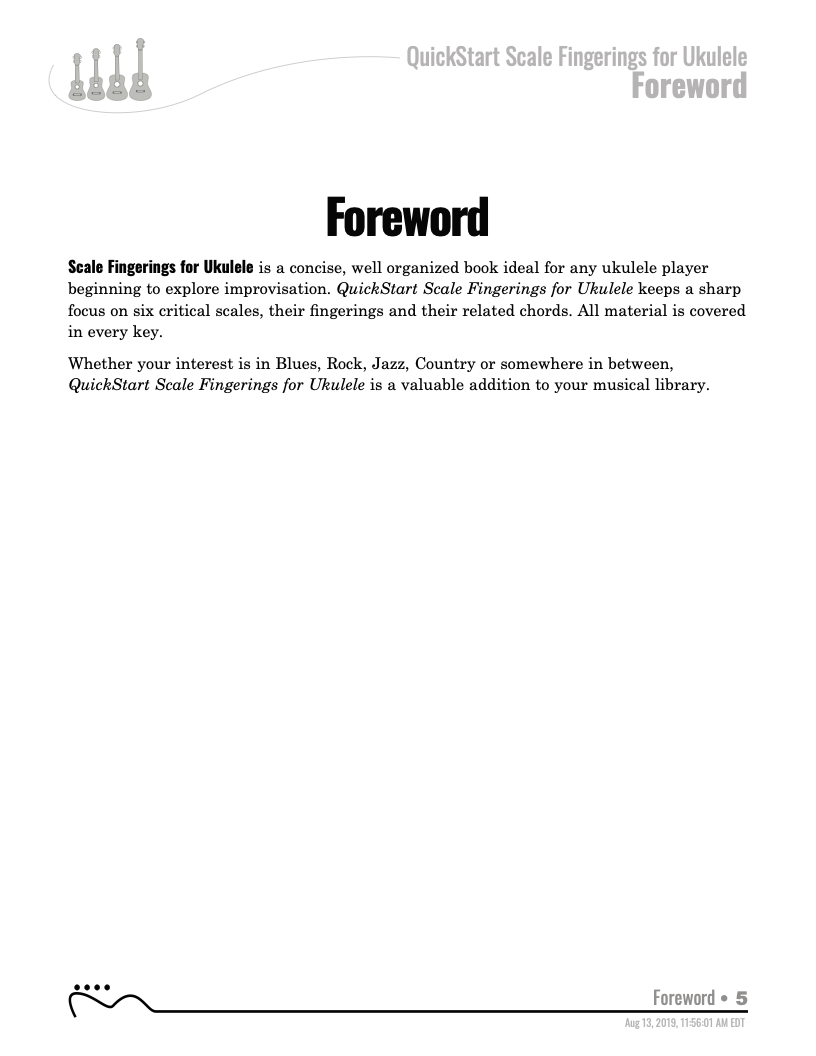
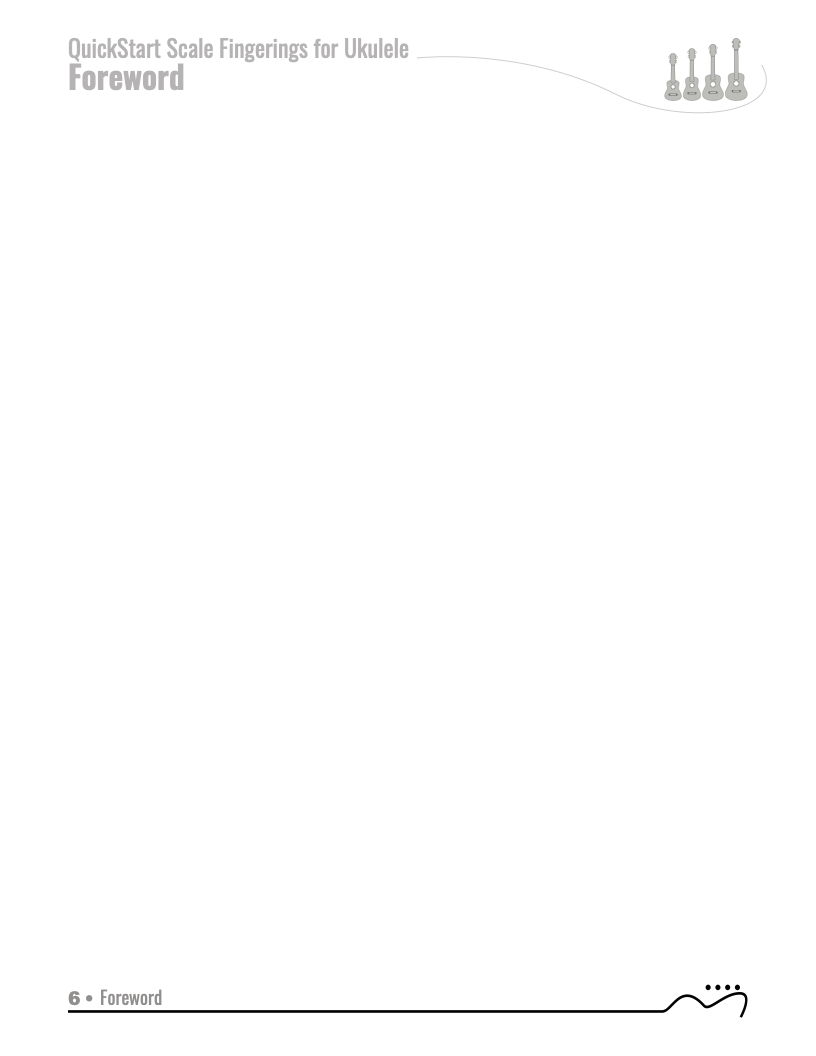
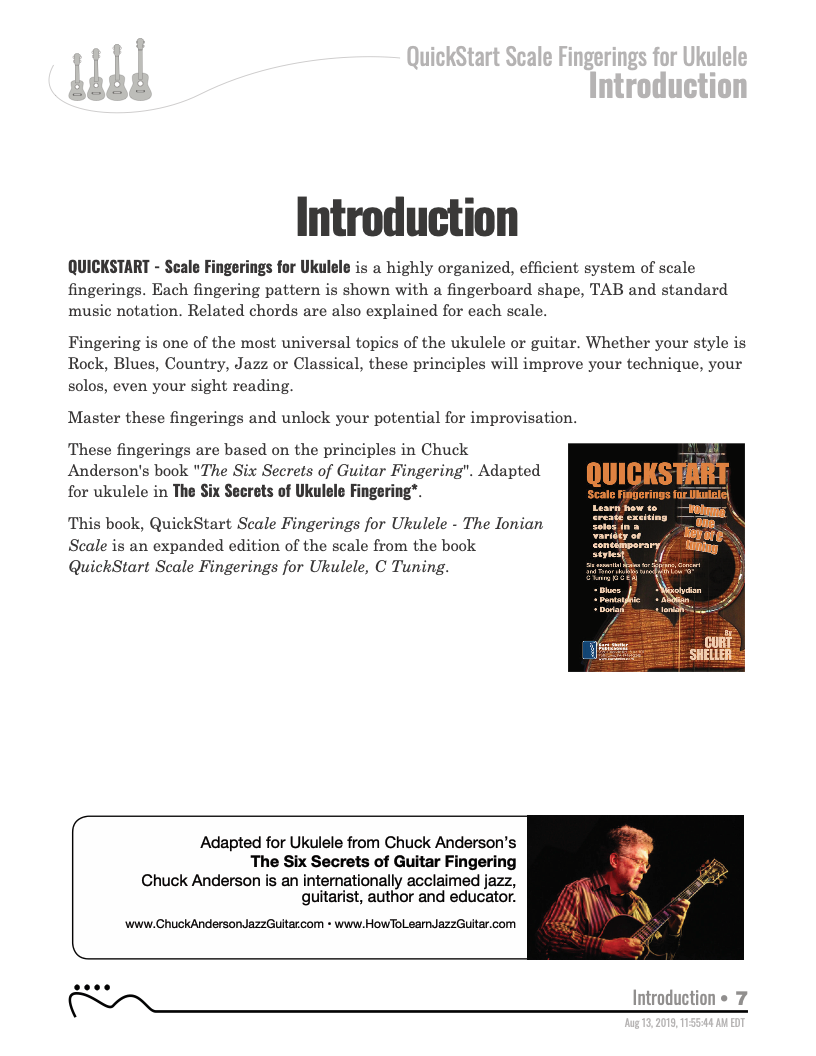
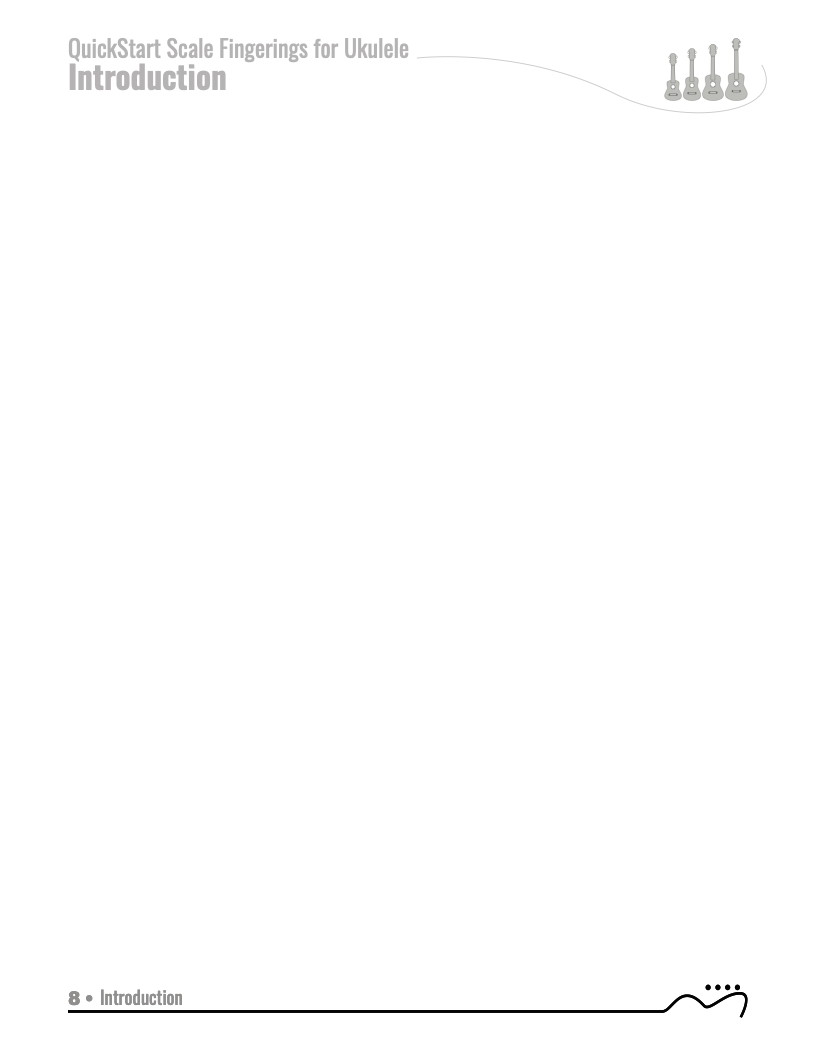
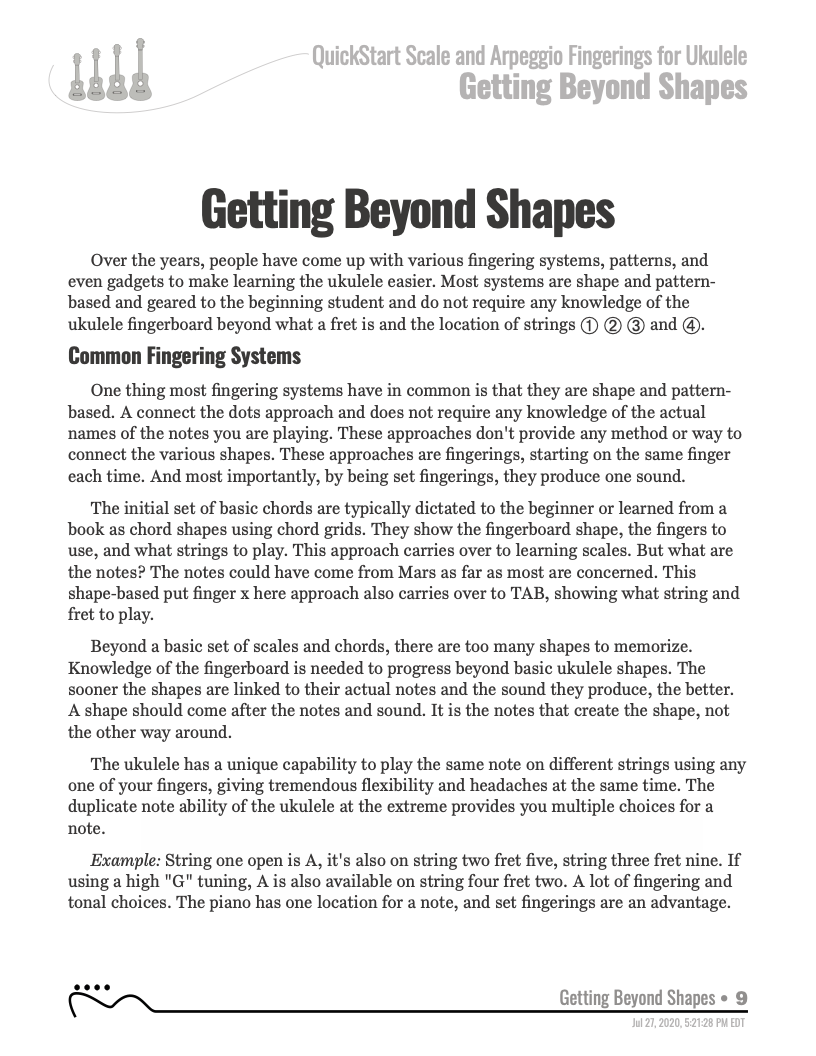


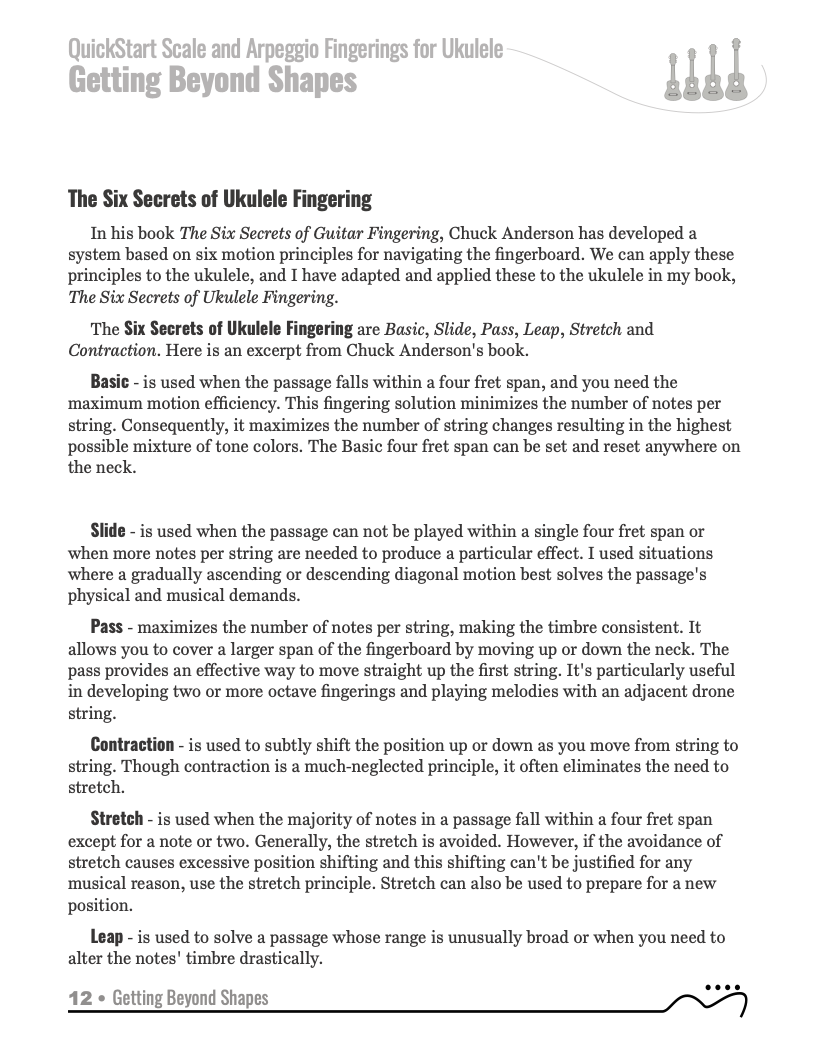
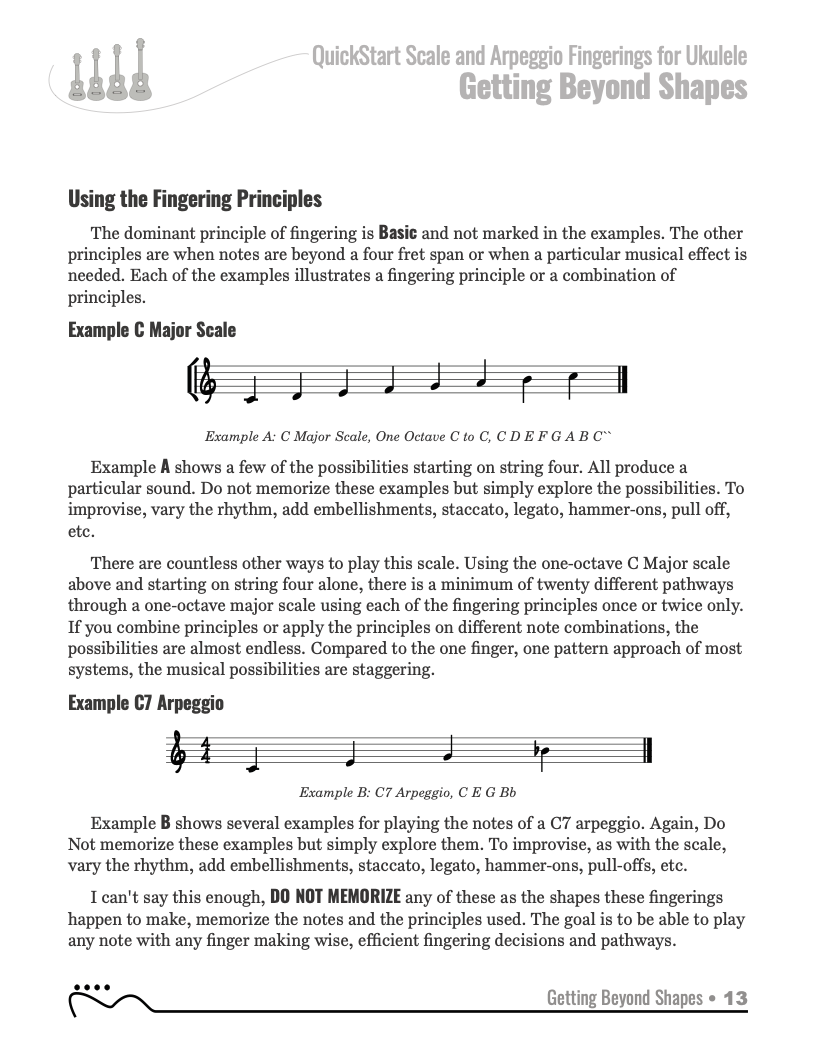
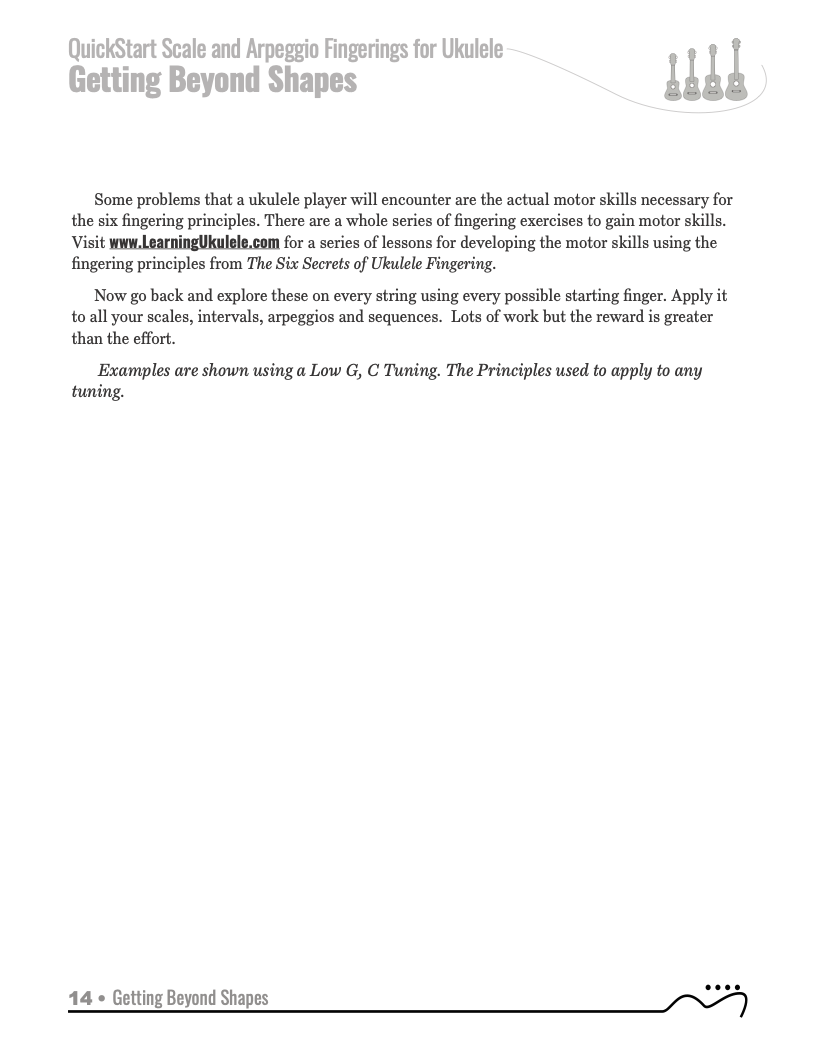
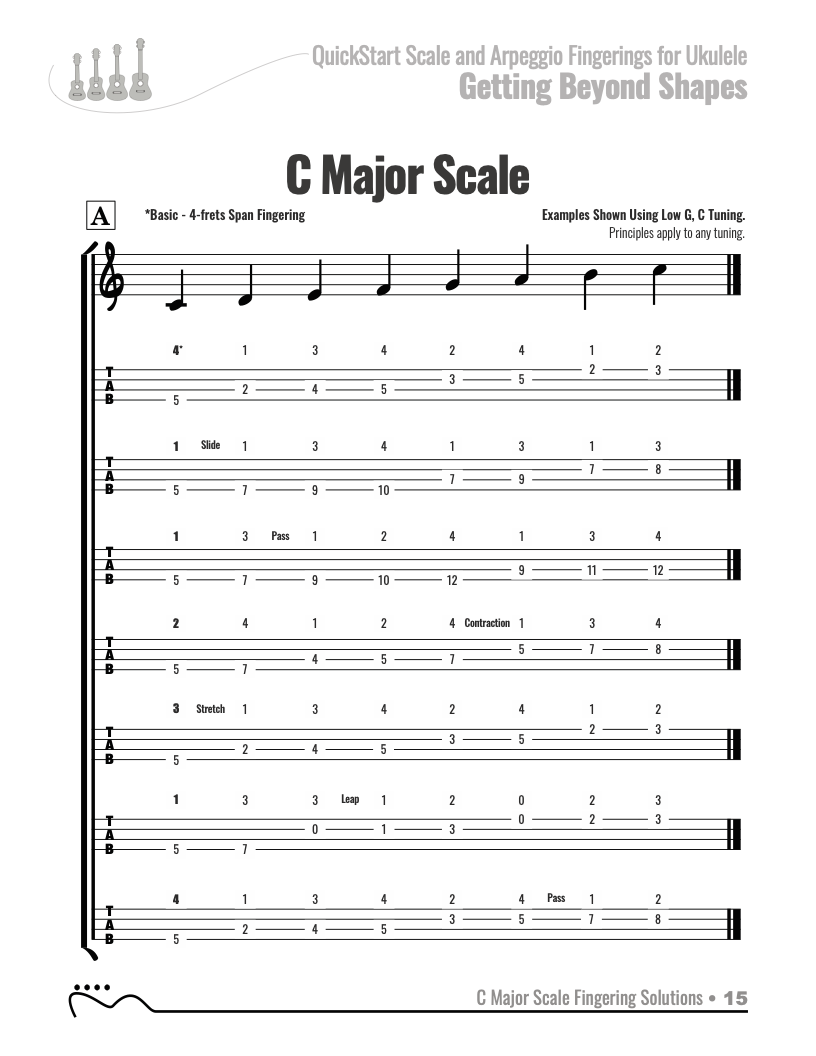

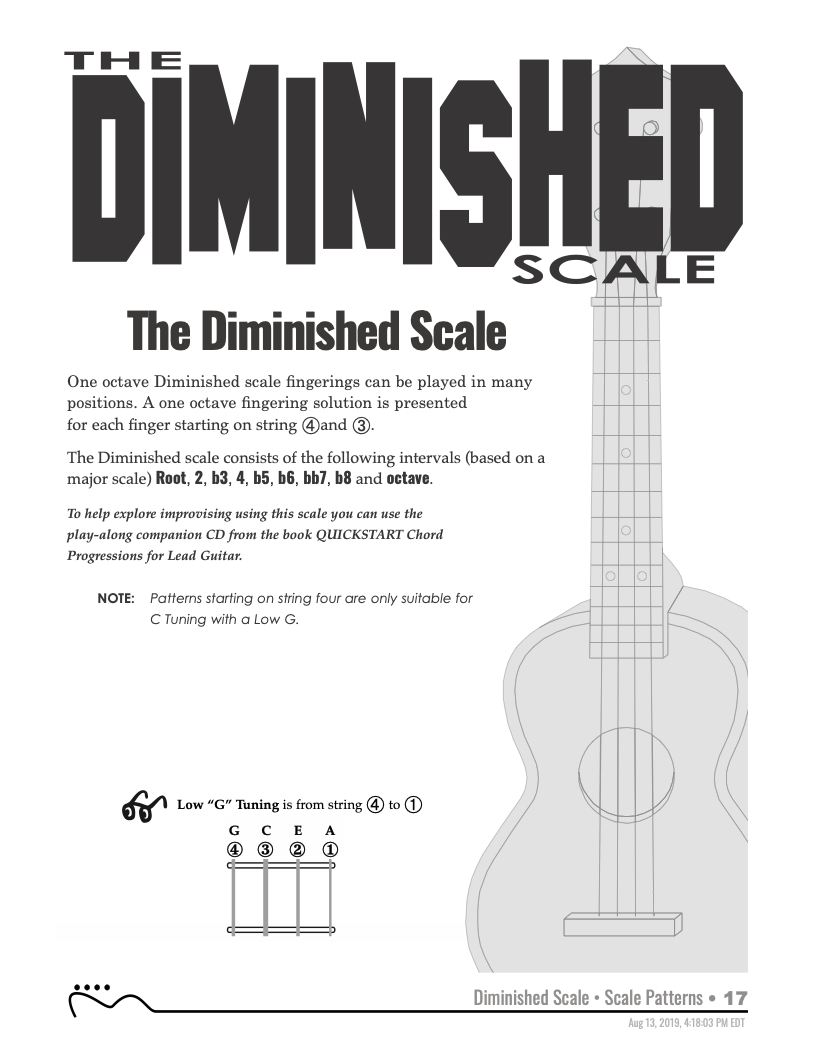
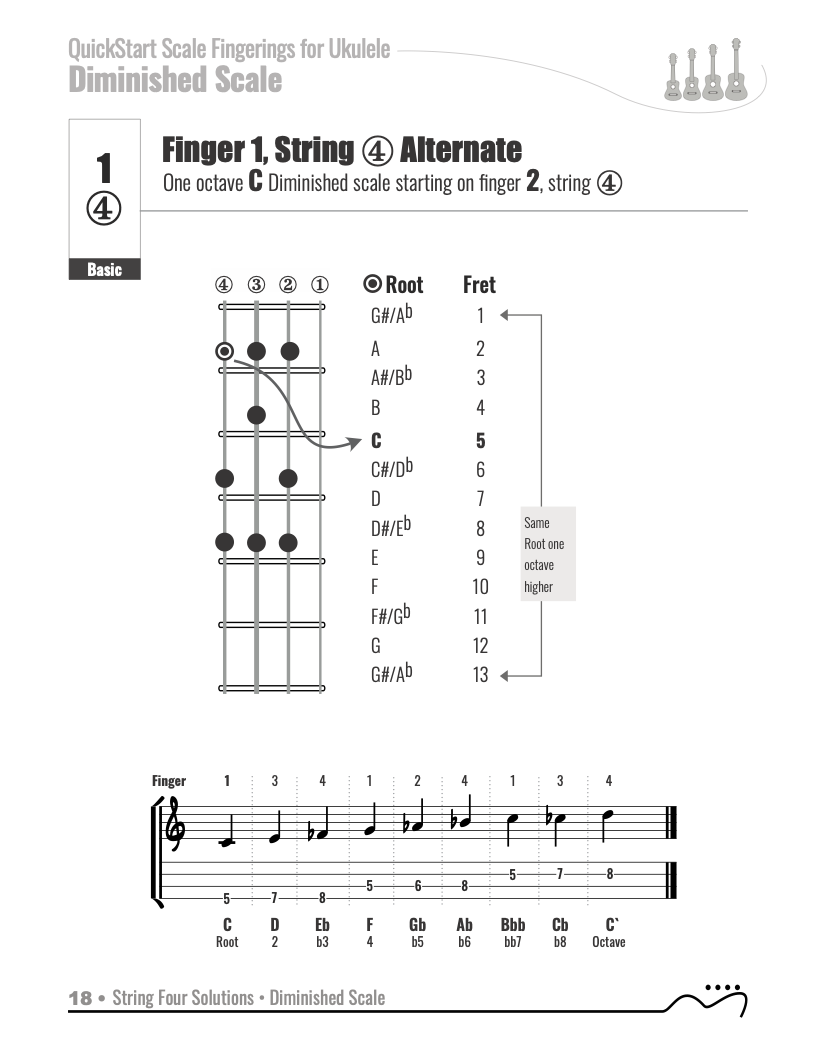
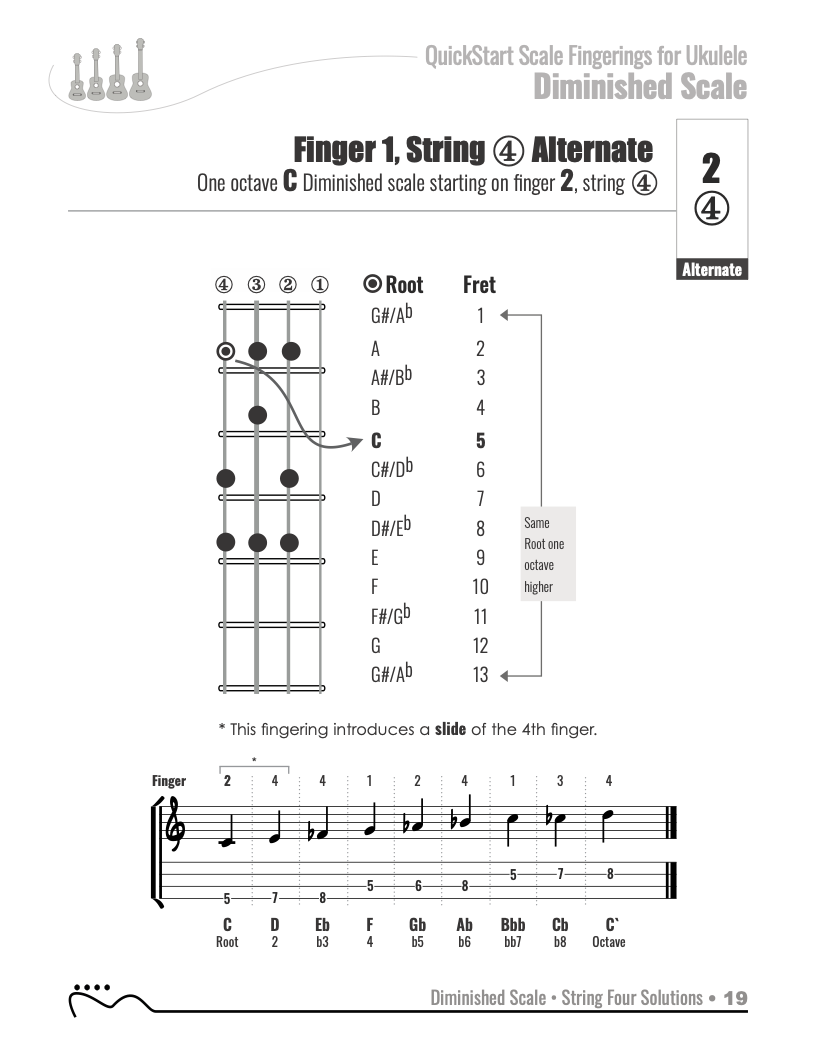
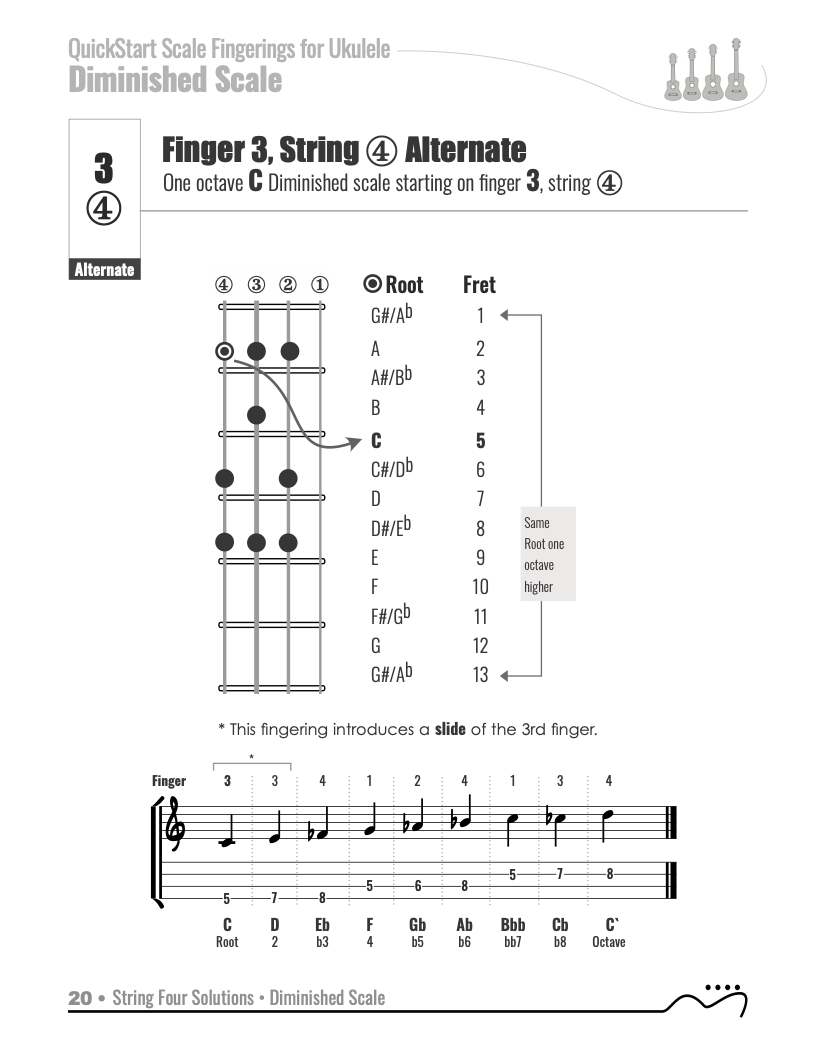


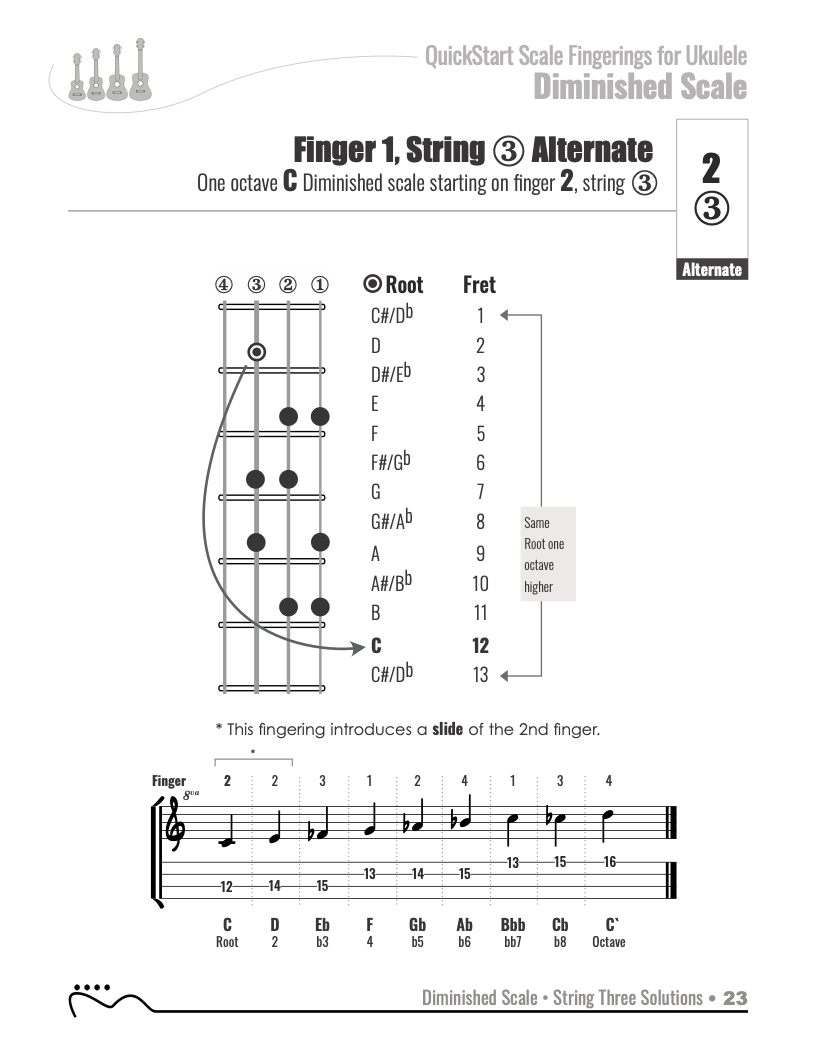



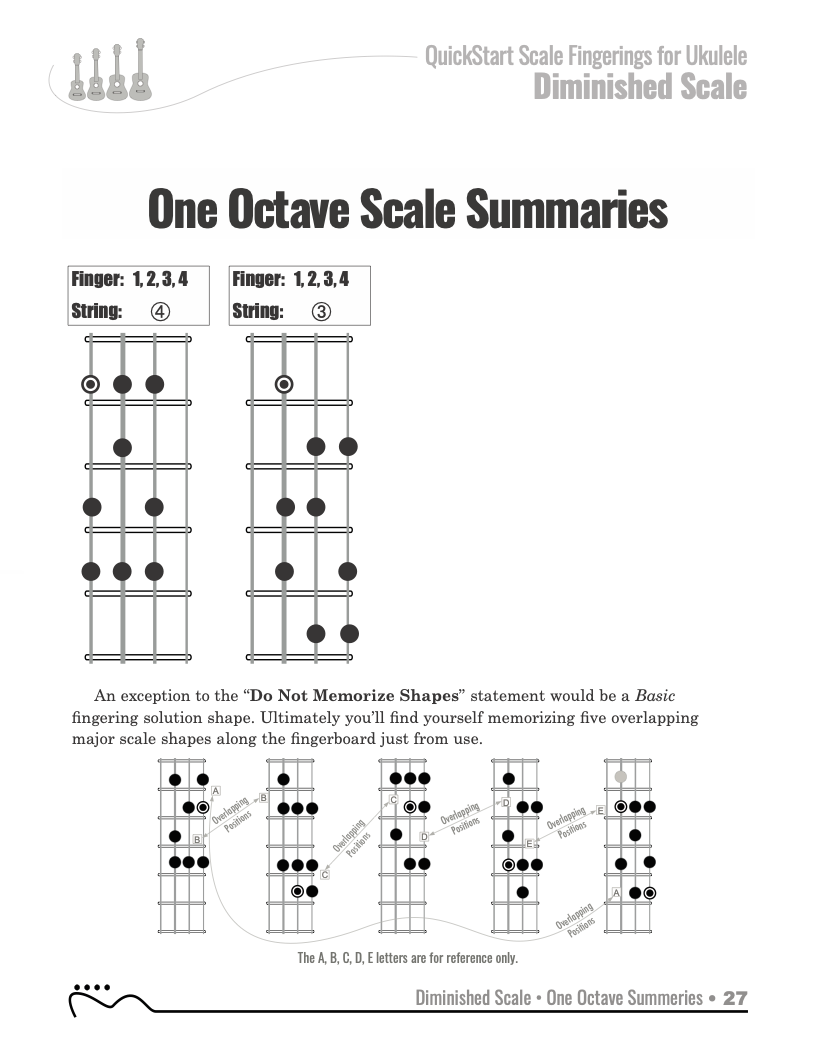
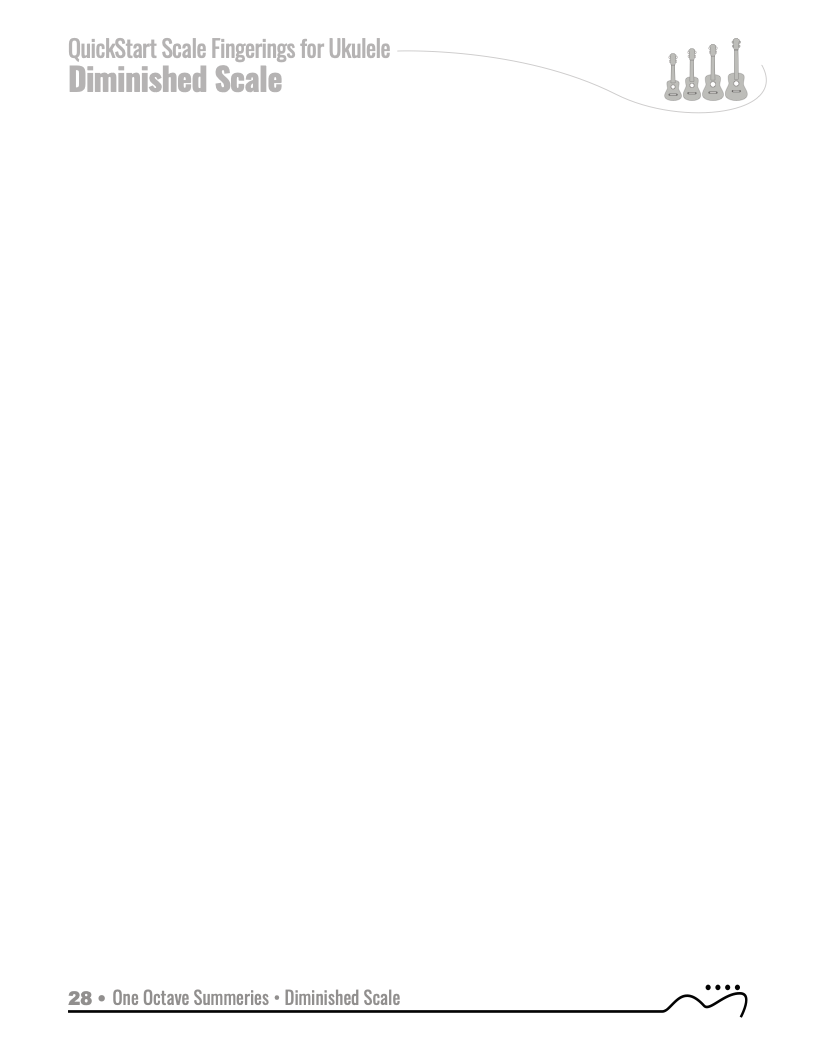
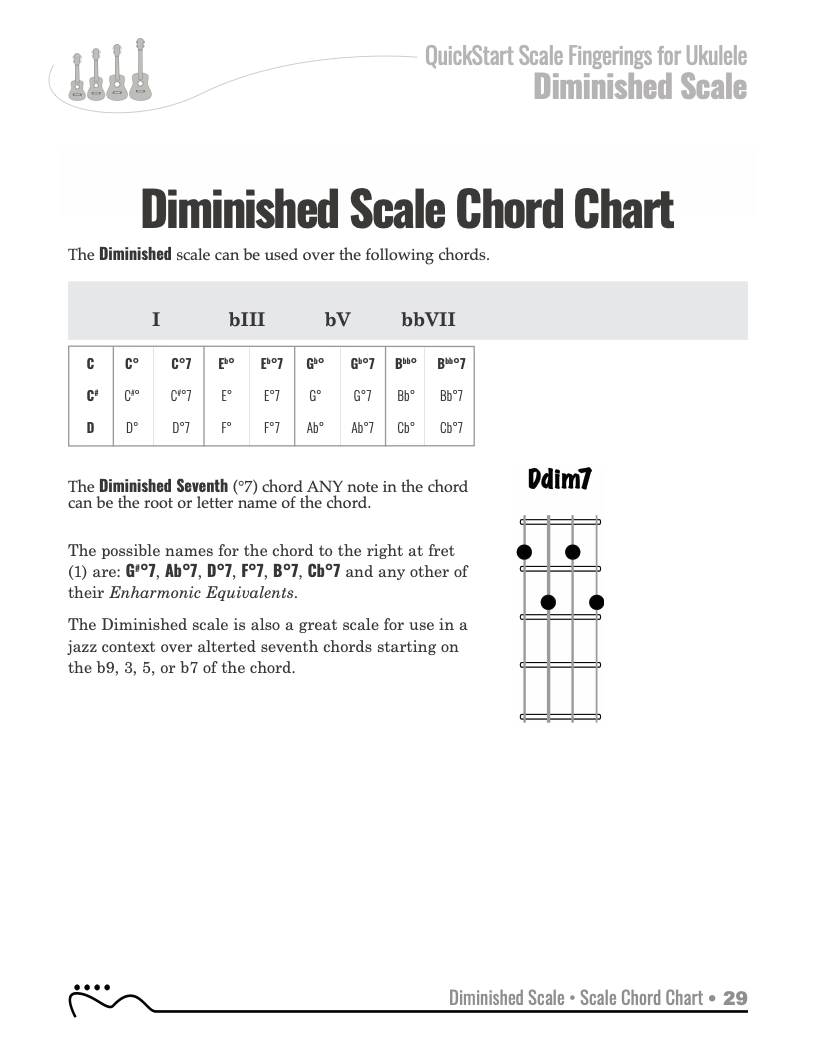
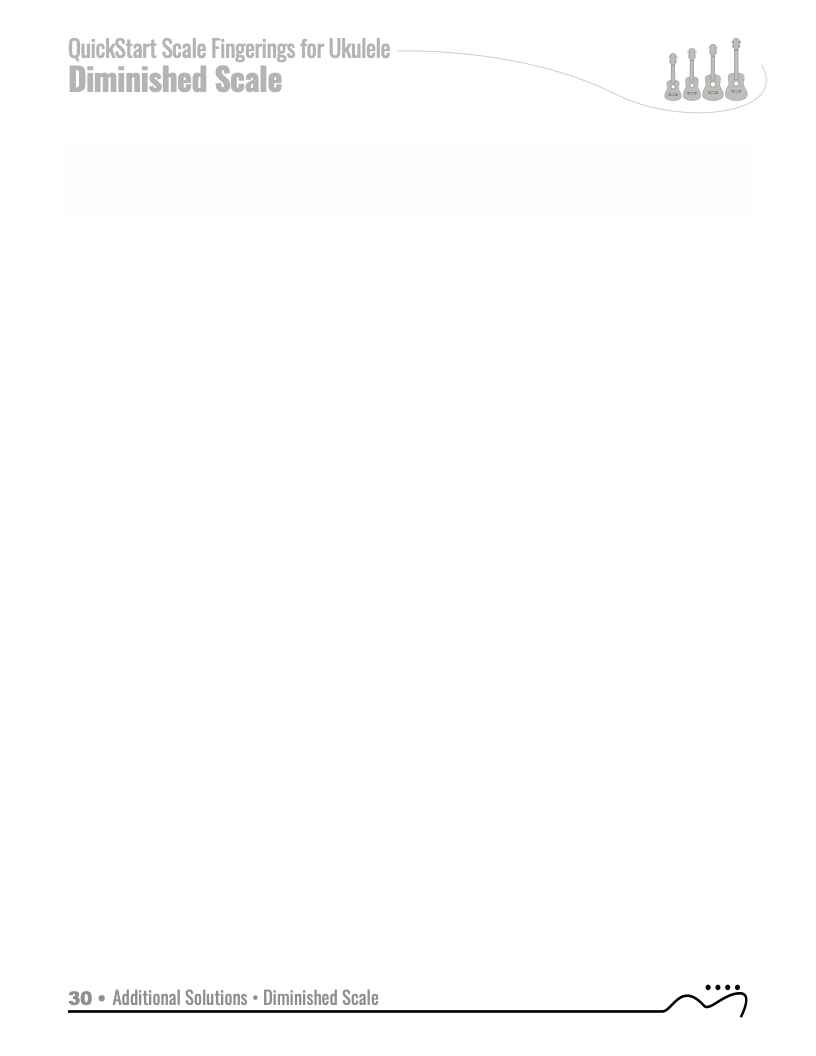
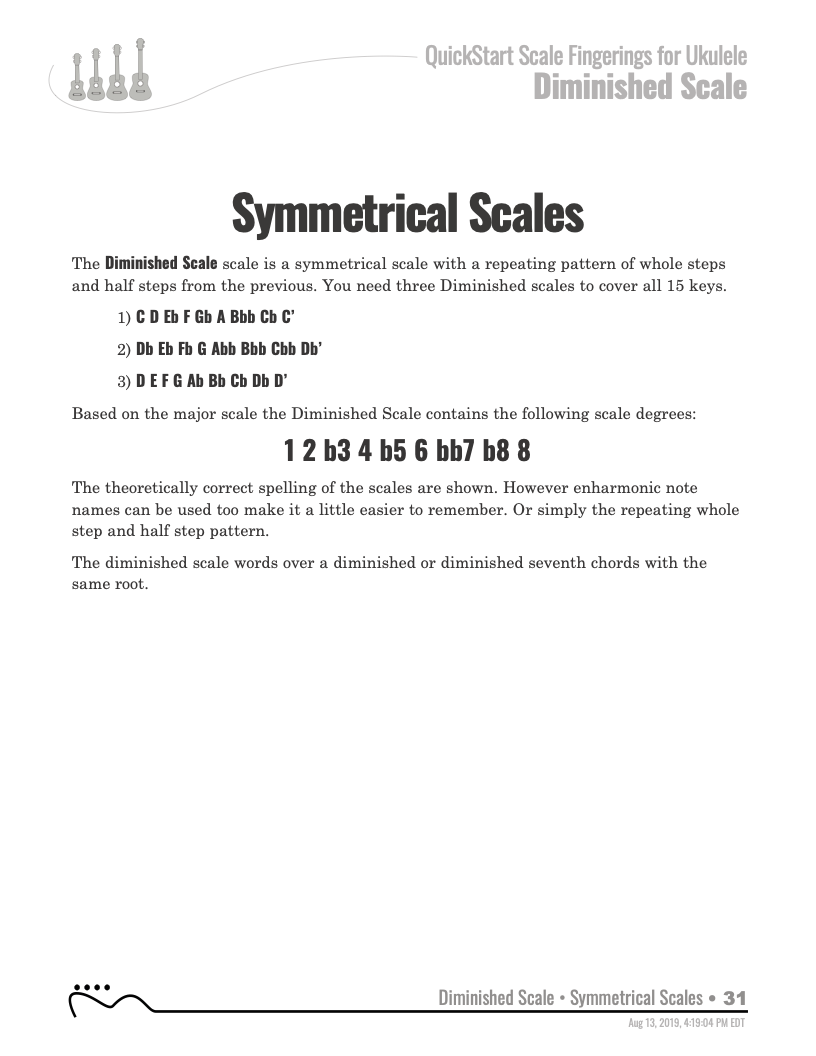
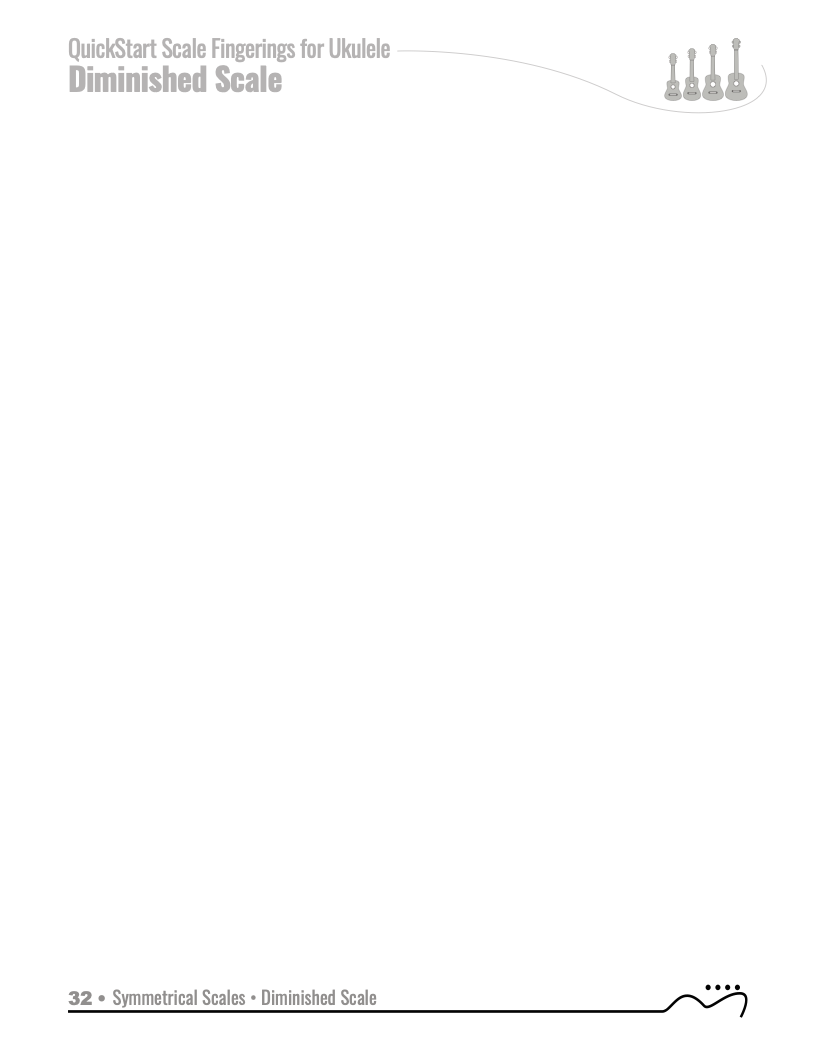
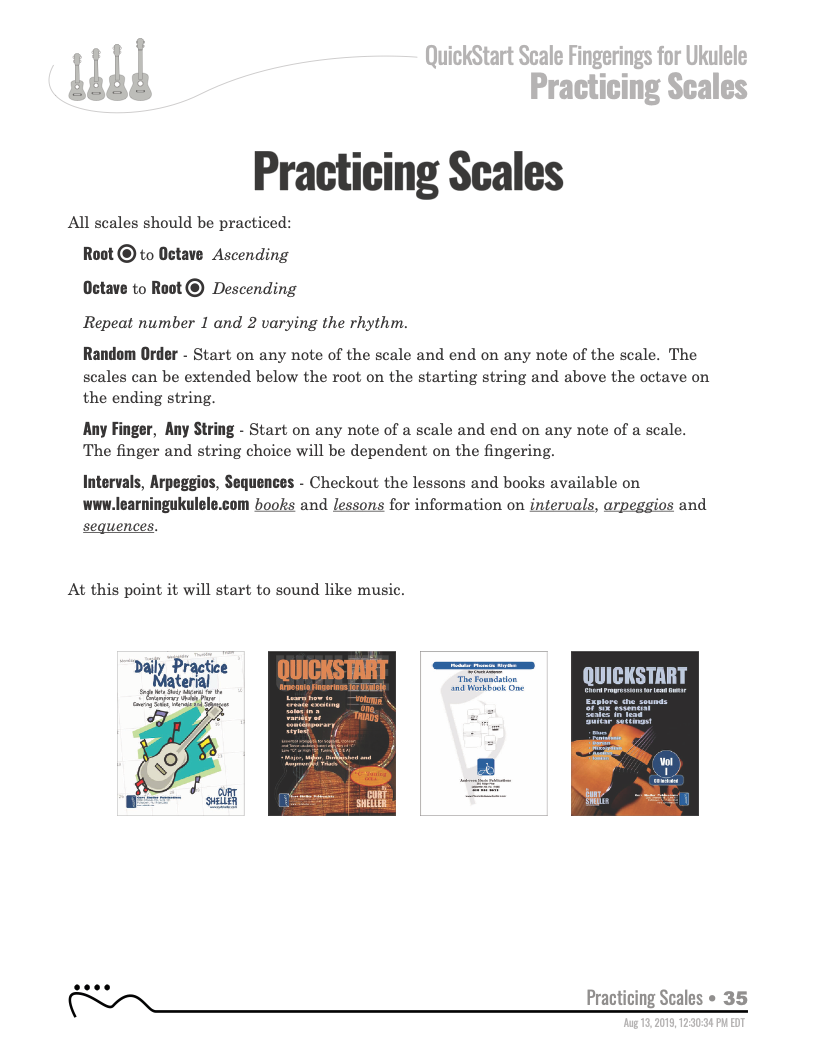
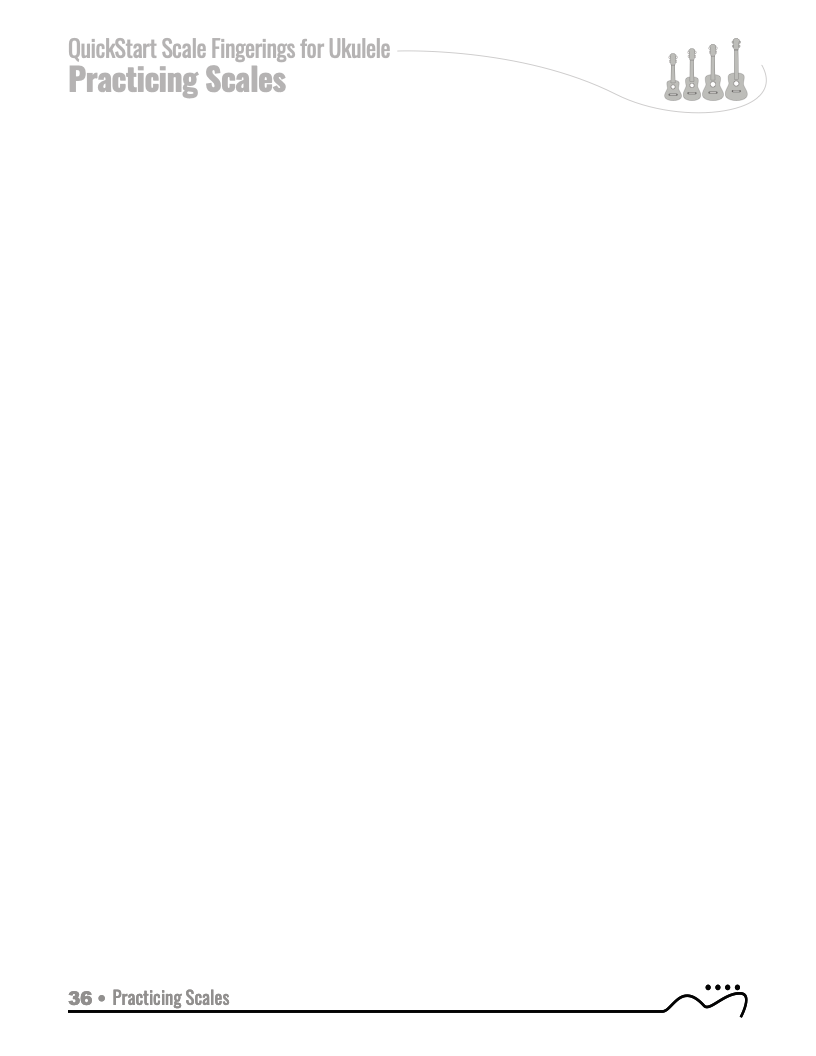






































Author(s): Curt Sheller
Publisher(s): Curt Sheller Publications
Published: Nov 24, 2009
Updated: Aug 7, 2019
ISBN-13: 978-1-60321-030-0
Size*: ANSI A
Pages: 38
Hard Copy Price: $12.95
PDF Price: $9

• click to Hide more info • click to Show more info
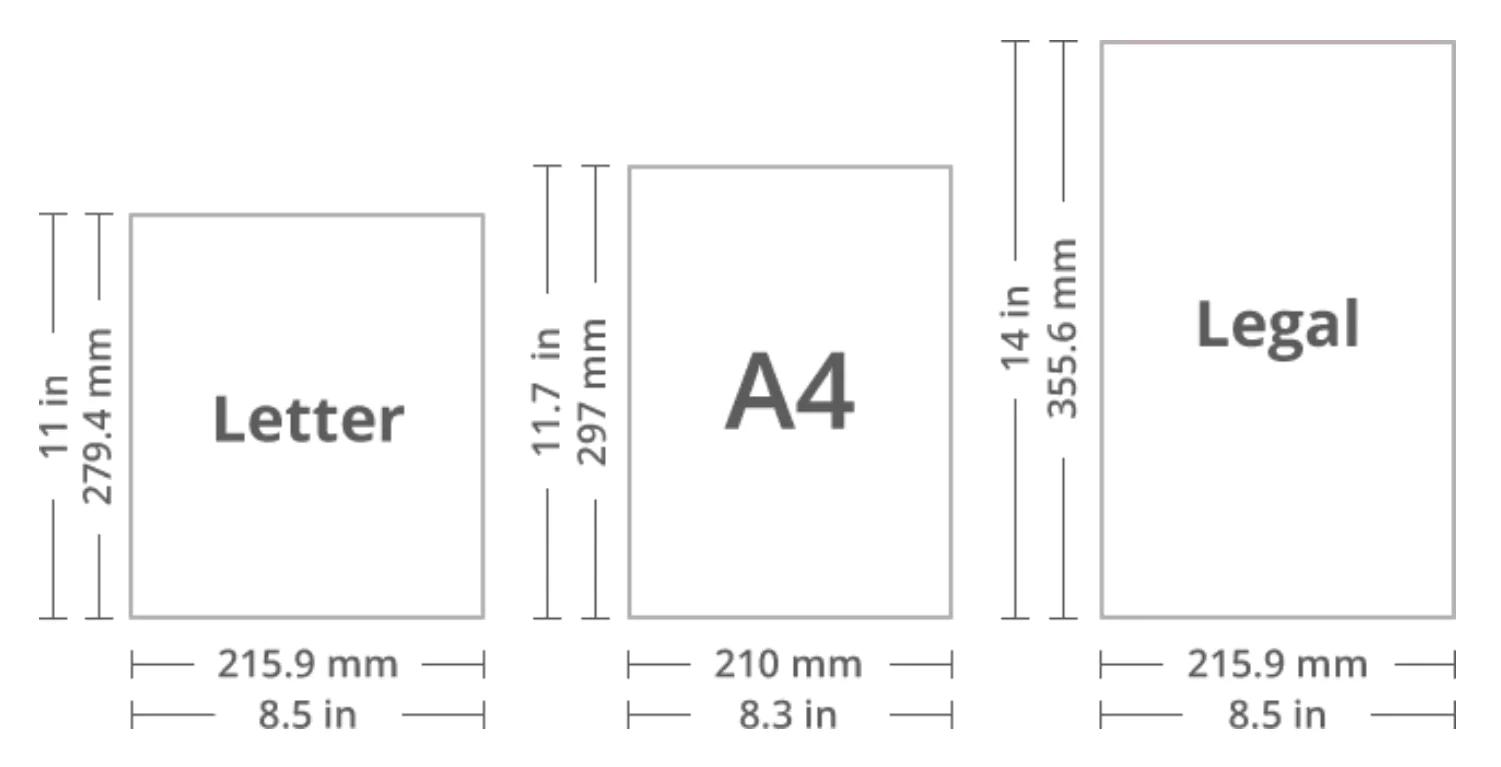
- A4 (210 x 297 mm / 8.3 x 11.7 in)
- ANSI A (US Letter): (8.5 x 11 in / 216 x 279 mm)
- Legal US Legal: (8.5 x 14 in / 216 x 356 mm) shown for reference
Scale to Fitand the A4 size will print out fine.
The Diminished scale is a traditional scale used in a wide variety of music. This traditional scale is covered in all keys with one octave scale fingerings starting on any finger.
- Forward
- Introduction
- Fingering Principles
- Scales-Chords-Progressions
- Diminished Scales
- Shapes
- Chords
- Diminished Scales
- Additional Info
- Practice Tips
- Final Thoughts
QuickStart Scale Fingerings for Ukulele, C Tuning - Diminished Scale.
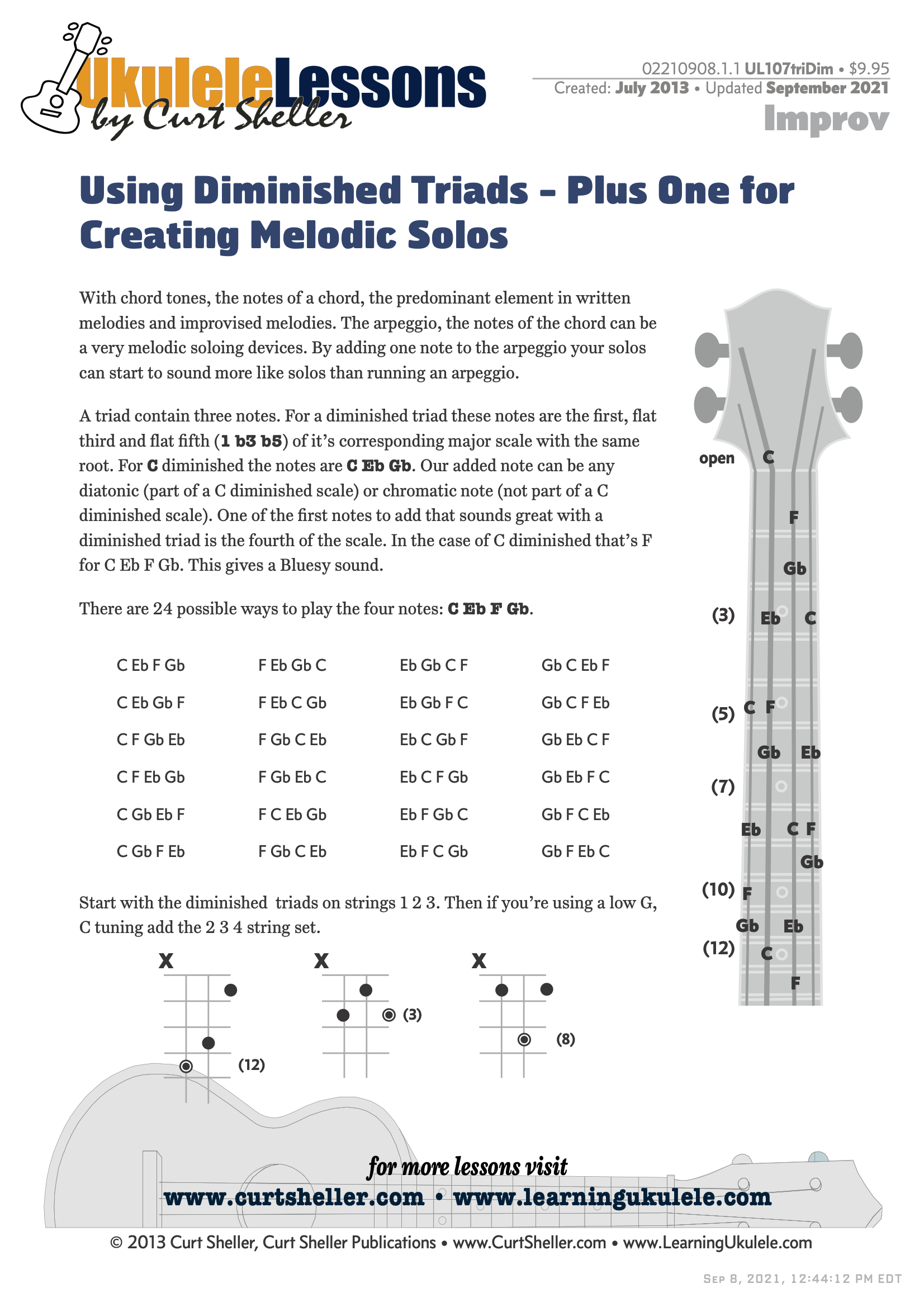
Using Diminished Triad Arpeggios - Plus One for Creating Melodic Solos. With chord tones, the notes of a chord playing a predominant role in writing melodies and in improvised melodies. The triad plus one additional note is a great melodic device for creating melodies - either written or improvised.

"QuickStart Scale and Arpeggio Fingerings" are a highly organized, efficient system of scale and arpeggio fingerings. Each fingering pattern is shown with a fingerboard shape, TAB and standard music notation. Related chords are also explained for each scale. Master these fingerings and unlock your potential for solos and improvisation.
QuickStart Scale Fingerings for Ukulele, C Tuning - Diminished Scale.

Traditionally, a tetrachord is a series of four tones filling in the interval of a perfect fourth. In modern usage a tetrachord is any four-note segment of a scale or tone row including the augmented fourth (+4). The term tetrachord derives from ancient Greek music theory, it literally means four strings.

Musical technique is simply the physical aspect of playing a musical instrument. The ability to exert efficient, optimal control in order to produce the precise musical effects that are desired. Improving one's technique generally entails practicing exercises that improve one's muscular sensitivity and agility. Technique is independent of musicality.
QuickStart Scale Fingerings for Ukulele, C Tuning - Diminished Scale.

Harmonic Analysis is the understanding of the functional sequence of chords. It is the process used to analyze the harmonic structure of a progression, song or composition. This analysis is then used to make scale selections for improvisation and chord substitution.
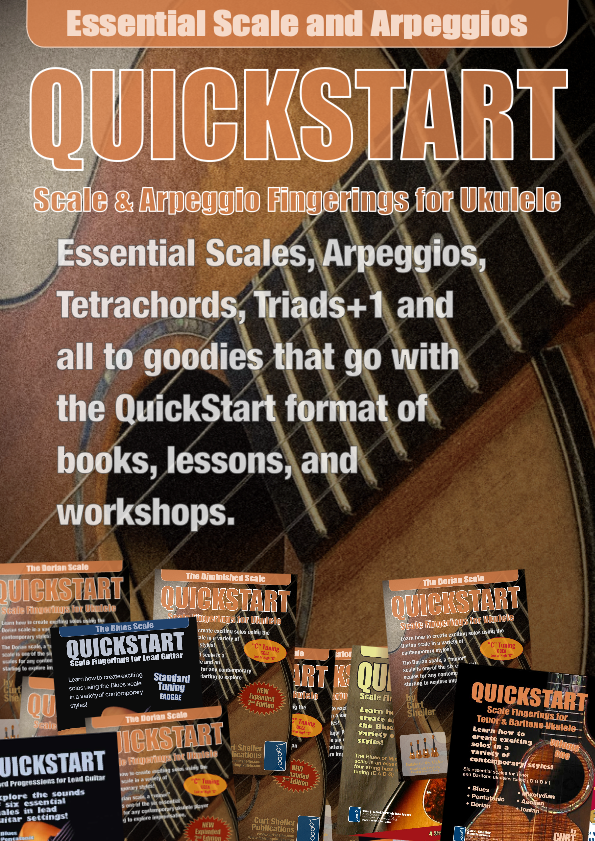
The QUICKSTART — Scale and Arpeggio Fingerings Series is a concise, well-organized series of books, lessons, and workshops ideal for any guitar, ukulele, or bass player beginning to explore “improvisation”. Unlike so many other instructional materials on the market, The QUICKSTART — Scale and Arpeggio Fingerings Series keeps a sharp focus on the essential scales and arpeggios, their fingerings and their related chords. All material is covered in every key.

Learn the six fingering principles to navigating the ukulele fingerboard. Fingering is one of the most universal topics. Whether your style is Rock, Blues, Country, Jazz or Classical, these principles will improve your technique, your solos, even your sight reading. Think of fingering as a series of pathways. When you learn to connect these pathways, there are benefits not only to technique but also to creativity.
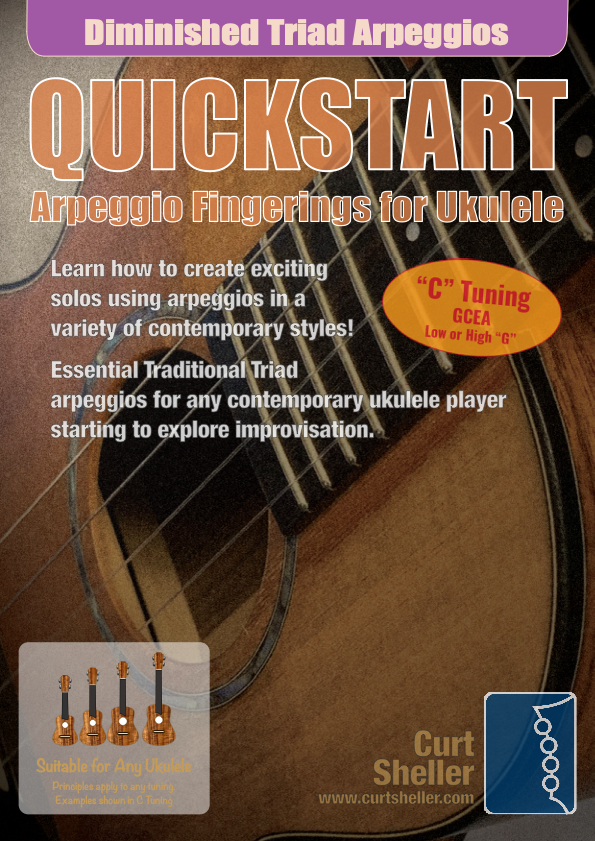
There are four traditional triads: Major, Minor, Diminished and Augmented. Based on a major scale a Diminished triad contains the following intervals: Root (1), b3, b5. A one octave fingering solution is presented for each finger starting on strings ➃, ➂ and ➁. Beyond these fingering solutions, there are many alternate and extended patterns available.


return in your investment)—it is this— learning the
f*ckingnotes of your OWN instrument. Sorry for the tough talks—but it is sooooo true!


Learn to read single note melodies in the first/open position is a lot easier than you might think. Book: Ukulele – Reading Music Series – Primer

An organized collection of daily practice and reference material for the contemporary ukulele player for developing the vocabulary and knowledge necessary for single note playing. Book: Daily Practice Material for the Contemporary Ukulele
Checkout the Books & Reference Charts for additional Handy, Dandy Reference Charts.

Ukulele Fingerboard Chart for C Tuning, Low or High G – G C E A

Ukulele Fingerboard Chart for G Tuning, Low or High A – D G B E

A handy reference chart of all 15 major and relative minor key signatures. US Letter 8.5 x 11 sized (ANSI-A) , A4
CS, Man, I broke the code!!! I‘ve had you books for quite a while and never understood them. I live on the island of Lanai in Hawaii and a large number of guys can jam and they have tried the help, but could not read or understand the music. A new young guy moved here from Oahu and started teaching lessons. I started taking lessons from him and again, he did not understand what you books were all about. Being a teacher myself I knew there was a great deal of knowledge in your books and I could help him in setting up his lesson plans for his classes. I also told him that you basic books would be great for his students. After my 3rd lesson I broke out you Quickstart Book and it took us about 45 minutes to break the code. The power of reading!?!?!?!?! I will continue to tell lessons just because the local sound is so fresh but, this blue stuff w/ local music will be off the hook. Thank again. I will be buying more books and I will try to get h is contact information. ! His uncle was Bratha "IZ" - Kevin L. Humphrey



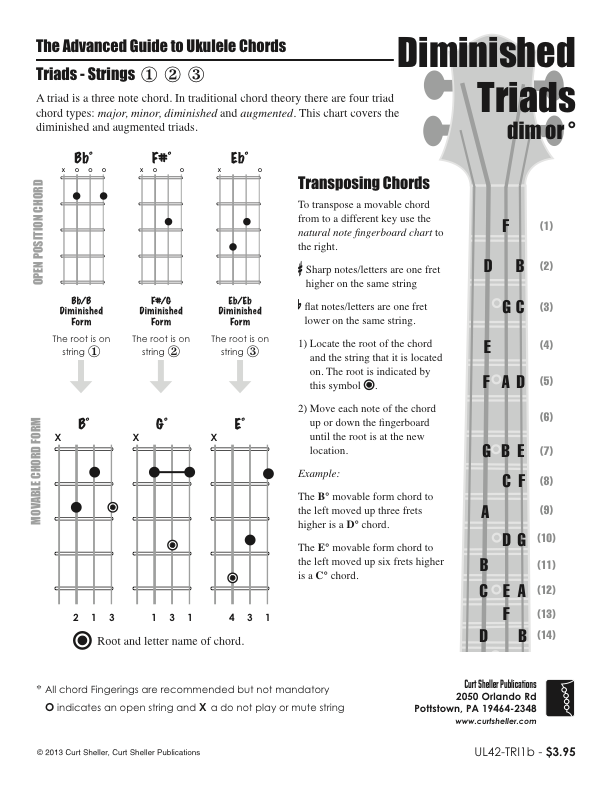
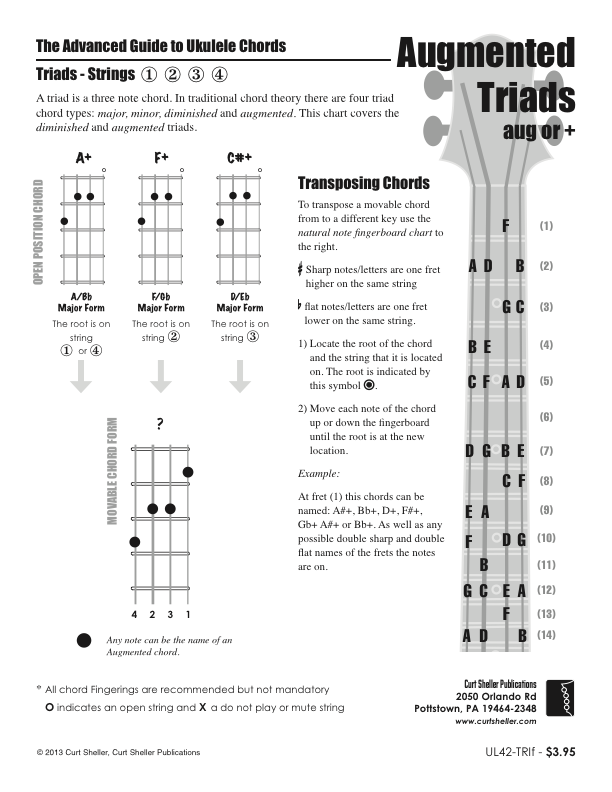
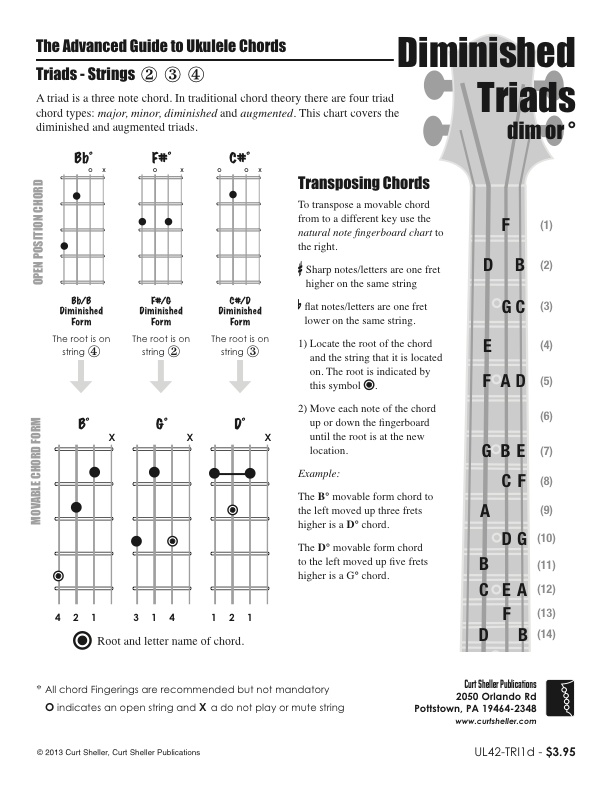
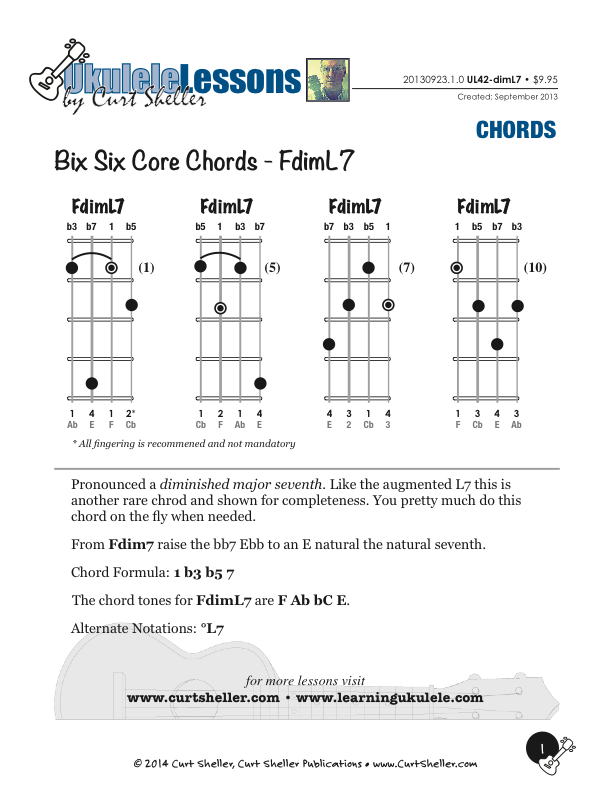
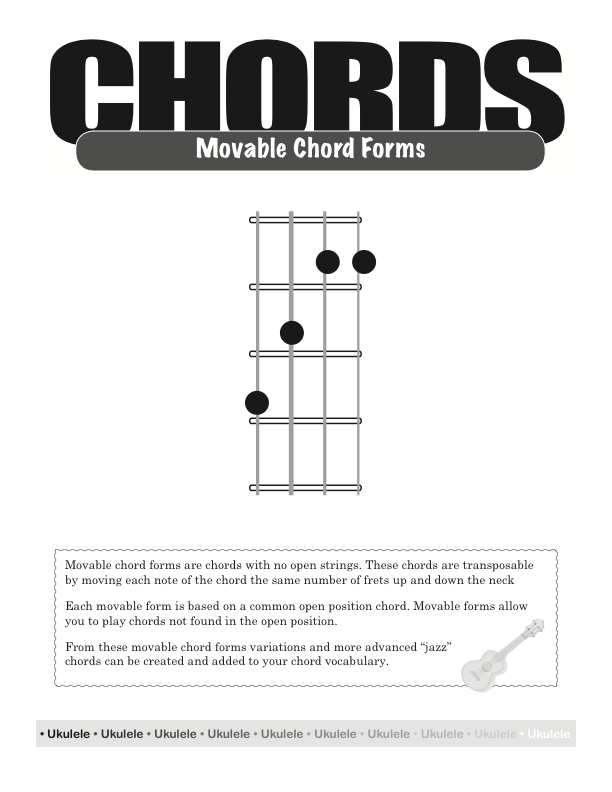


.jpg)